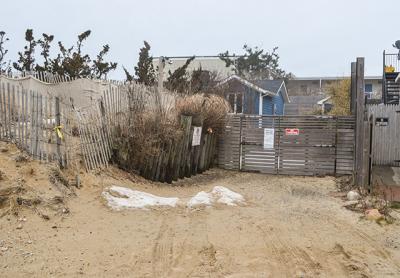Government Briefs 03.09.17
Government Briefs 03.09.17
Southampton Town
Shelving the C of O Update
Southampton Town Supervisor Jay Schneiderman withdrew a proposal that would make it a town requirement for any house being sold to have an updated certificate of occupancy. While it is often recommended, and required by some lenders, to obtain proof of an updated C of O during a home purchase, it is not currently a town requirement. The Town of East Hampton does not have such a requirement either.
At a meeting on Feb. 28, the supervisor withdrew the resolution after numerous concerns were raised, he said. Another hearing on the proposal was to have been held on March 28, but has been canceled. The supervisor’s office said he has no plans to reintroduce it at this time.
Rethinking Film Permits
The Southampton Town Board is continuing to look at amending its code with regard to permits for filming on private property, but Councilwoman Christine Scalera withdrew the proposal at the board’s Feb. 28 meeting. She said the town fire marshal and town police had raised concerns that she wanted to incorporate into the proposal, which she said she would reintroduce at a later date.
New York State
Free Tests for Lead in Water
The New York State Department of Health has launched a $1.5 million pilot program enabling residents to test for lead in their drinking water free of charge. Residents whose drinking water comes from either a private well or a public source have access to this testing. Lead is a toxic metal that is particularly harmful to the developing brains and nervous systems of children under 6, health officials said.
Residential tap-water testing requires two 250-milliliter samples per house: a first-draw sample and a flush sample. Residents will collect the samples and return them to one of the participating laboratories. The samples must be sent in within 30 days of receiving a kit.
The laboratory will analyze the samples and mail the results to residents within a month of receiving them. Residents can sign up on the department’s website. The sample kits will be sent by mail and include postage to return them to the laboratory.



